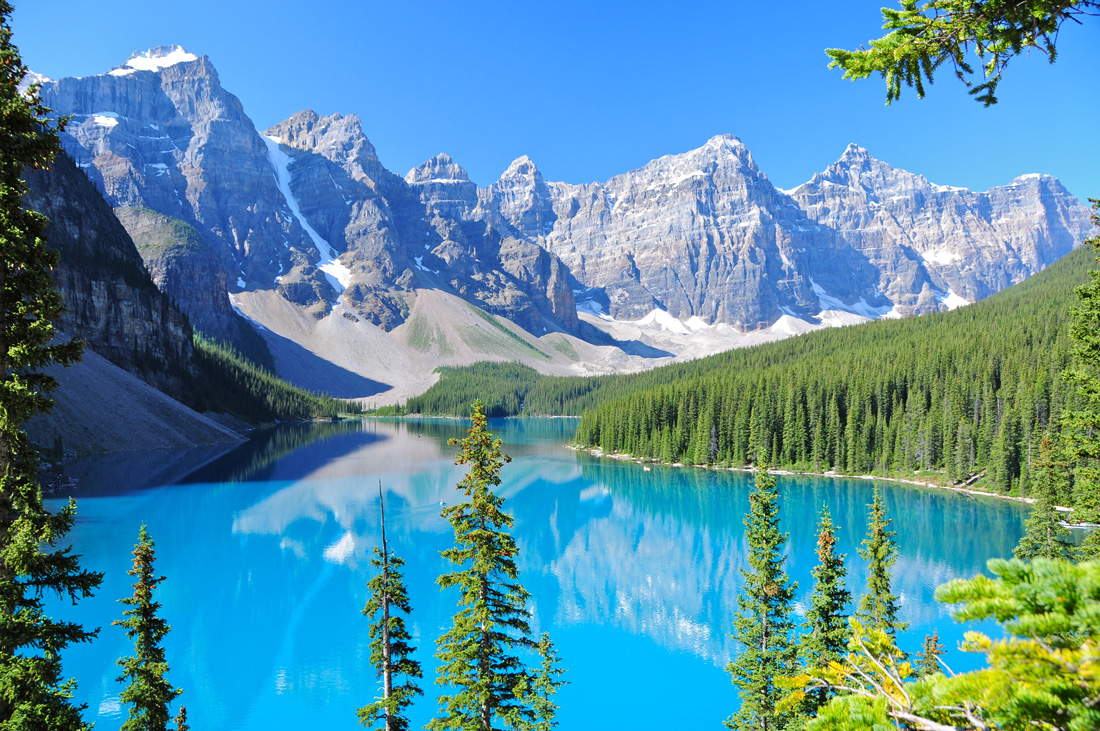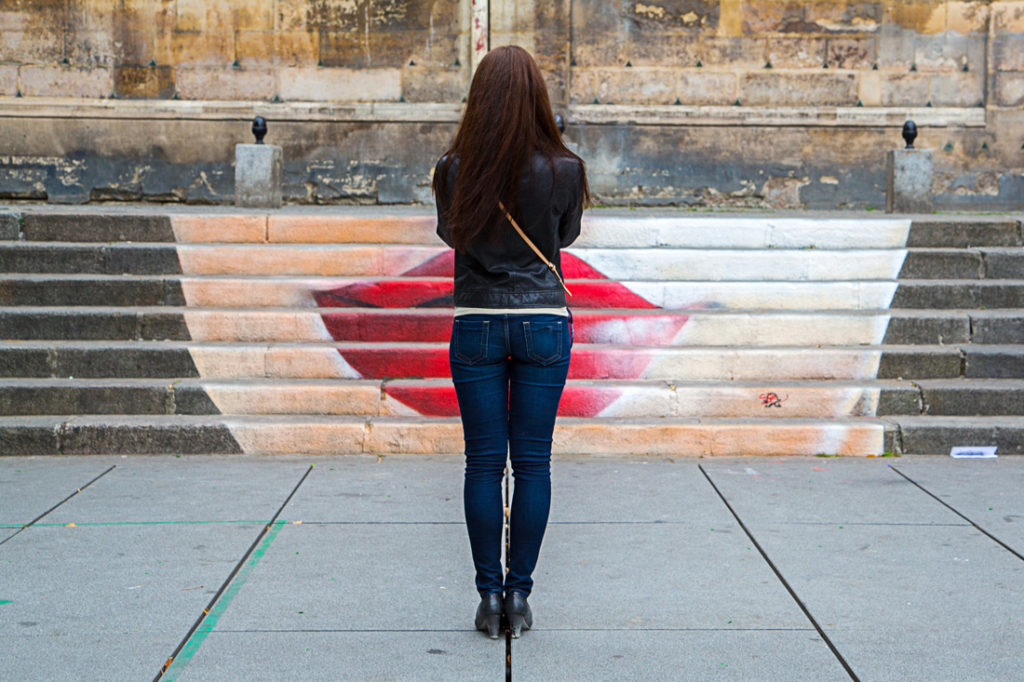Traveling photography
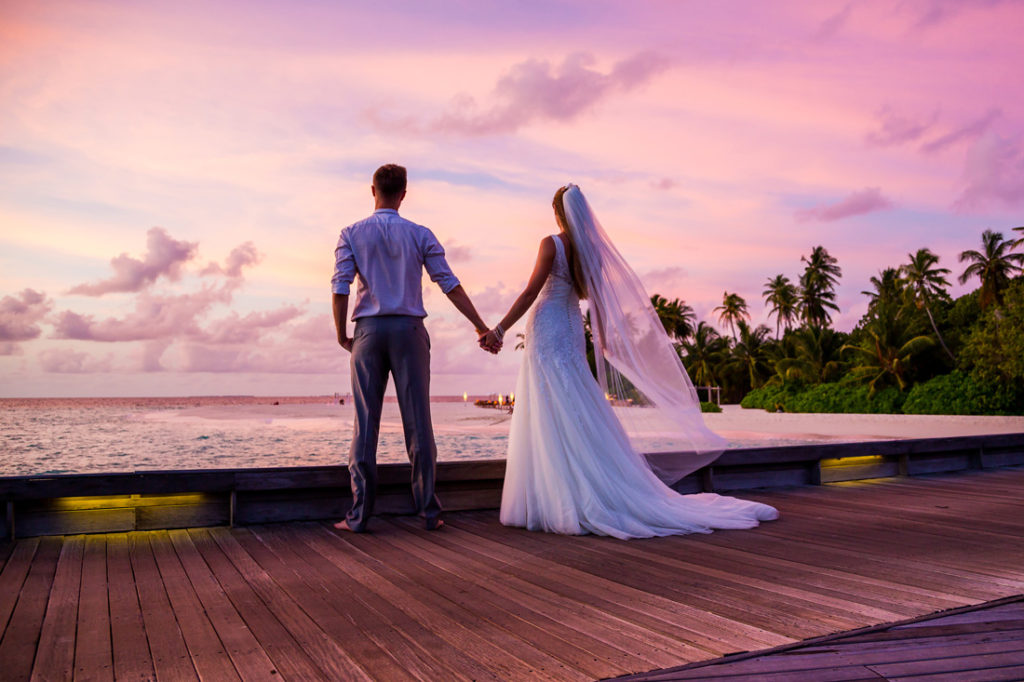 Image by Ingus Kruklitis. Gear: Canon 5D Mark III and remote control with fixed timing and a Sirui T-024X Traveler Light Carbon Fiber Tripod. Settings: Focal length 105mm; exposure 1/30 sec; f4.0; ISO 200.
Image by Ingus Kruklitis. Gear: Canon 5D Mark III and remote control with fixed timing and a Sirui T-024X Traveler Light Carbon Fiber Tripod. Settings: Focal length 105mm; exposure 1/30 sec; f4.0; ISO 200.
What’s the story behind this photograph?
This photo was shot in the Maldives during an epic sunset that only lasted ten to fifteen minutes. It was my honeymoon. Once we caught the right moment, I needed to set up pretty quickly and make some sample photos before the real shooting began. We were using a portable timer, connected to the camera and activated by the remote control. If you look carefully, you’ll notice that one of my hands is kind of hidden from view since I needed to hold the remote. In the end, we made one-of-a-kind photos and great memories.
What’s in your camera travel bag?
Since I travel a lot and am always on the move, I don’t like to carry lots of camera equipment with me. I’ve tried different variations from Canon and Nikon, and I ended up with Canon 5D Mark III and 24-105mm lens. Very powerful camera and a perfect lens for close shots with some zoom options for further details.
Other than that, I always have my GoPro 5 Black action camera, which also shoots in RAW format for extreme conditions or underwater shooting, the DJI Mavic Pro drone for aerial footage, and a Sirui T-024X Traveler Light Carbon Fiber Tripod for static night photos. This was actually the lightest tripod I could find.
Apart from camera equipment, I don’t leave anywhere until I have my iPad mini (still first generation, but I love it) and wireless Bose QC35 headphones. I’m planning to get a small skate board, the one that fits in your backpack, and use it for quicker transportation in airports or on the streets. In some places, it helps a lot. Also I always try to have some meal-replacement chocolate protein bars, in case I’m too far away from any restaurant or just too busy for them.
Pro Tip
Make sure to keep all of your stuff organized and well-packed, but with easy access. It doesn’t matter what camera you use and how many lenses you bring. You’re constantly on the move, going through airport security checks, where you need to pull most of the stuff out and then put it back in again. Order goes a long way. I used to have a lot of problems with that, especially when I got myself a drone. The best solution for me was a Lowepro Whistler BP 350 Backpack, which is very durable and comfortable. It also has a lot of space for technical gear.
Image by Ingus Kruklitis
Before you go to a specific destination, make sure to explore it in more detail. Try to search for similar places on Shutterstock and other websites. Find out what places look good and what could look better. If you’re lucky, find something that is still missing. In other words, do your homework. Don’t be afraid of popular places. Try to find an interesting angle or interesting lighting conditions. Play with composition.
Where do you find inspiration for your photography?
Before every trip, I go through existing photos of the places I’m about to visit to see the best shots or photos that I could improve upon. I am also following bloggers and groups on Instagram and Facebook. You can seek infinite inspiration there.
In the case of aerial shots, I always make sure to talk to the pilot a few days before the flight so he can plan the flight accordingly
Richard Cavalleri
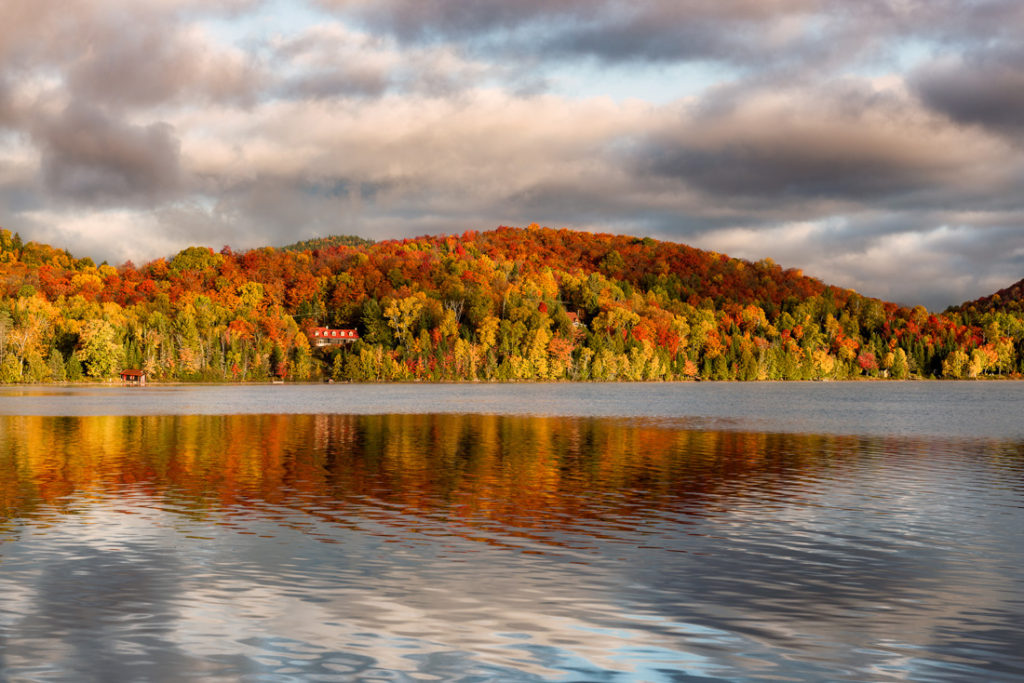 Image by Richard Cavalleri. Gear: Nikon D800 with 24-70mm f/2.8 lens, RRS Tripod, and 0.6 ND Grad LEE filter. Settings: Focal length 60mm; exposure 1/60 sec; f11; ISO 200.
Image by Richard Cavalleri. Gear: Nikon D800 with 24-70mm f/2.8 lens, RRS Tripod, and 0.6 ND Grad LEE filter. Settings: Focal length 60mm; exposure 1/60 sec; f11; ISO 200.
What’s the story behind this photograph?
This is Mont Tremblant National Park in Quebec, one of my favorite places to hike. Although I know this place well, I had to come back several times at sunrise until I got the perfect light I wanted.
What’s in your camera travel bag?
Before I travel, I always spend a fair amount of time double-checking all my equipment, making sure everything is fully operational (sensor clean, lenses and filters free of scratches, set of batteries fully charged, etc). I always pack my principal camera, which is a Nikon D800, together with a full range of telephotos- 14-24,24-70, and 70-200 f-2.8- that give me a lot of flexibility when I’m in the field. I also have a back-up camera, which is an APS Nikon D300. I never travel without my trusted set of LEE filters and my favorite Really Right Stuff Tripod.
The unconventional item I always bring with me is a shower cap, which always comes handy when shooting in a wet location, during snowy/rainy days, or windy days with sand. It is light and takes up no space, and you always get new ones for free in hotels.
Pro Tip
The best tip I can give to other photographers is to always know in advance what you’re going to shoot. I personally use a lot of Google Maps and The Photographer Ephemeris to plan what and when to shoot. No matter if it’s a road trip or a helicopter flight, everything is always planned in advance. In the case of aerial shots, I always make sure to talk to the pilot a few days before the flight so he can plan the flight accordingly.

Image by Richard Cavalleri
Where do you find inspiration for your photography?
I find inspiration for my photography in magazines, on social media (mainly Instagram), and through photographers I follow. But when I’m travelling to a new place, and once I have planned the location I want to shoot, I try to avoid looking at too many pictures of that place. Once on site, I find my own inspiration.
Choose the right time. Choose the right gear. Choose the right camera setting
Jakob Fischer
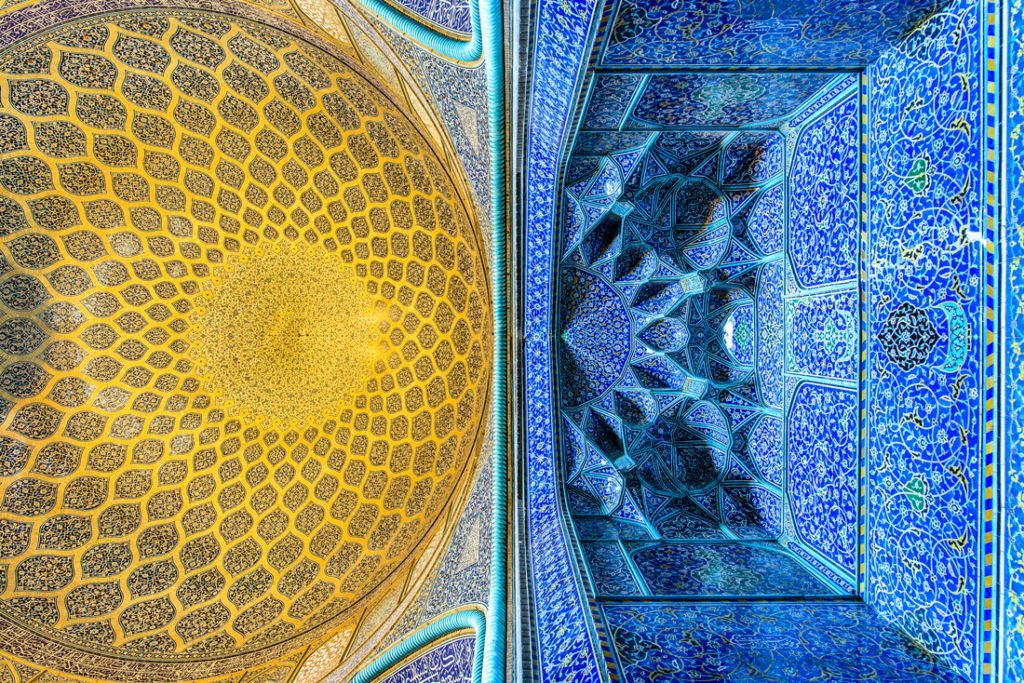
Image by Jakob Fischer. Gear: Nikon D610 attached to a Nikon 20mm/1.8 lens. Settings: Focal length 20mm; exposure 3 sec; f8; ISO 100.
What’s the story behind this photograph?
The Sheikh Lotfollah Mosque in Isfahan, Iran, has one of the world’s most beautiful ceilings, and I was focused on capturing a photograph from an unusual perspective. The blue colored iwan with the complex muqarnas next to the golden ceiling gives a pleasant contrast. The chosen perspective makes the iwan looks bigger and higher than it actually is. I visited the mosque in the early afternoon, when the interior light conditions were balanced and only few people were visiting.
What’s in your camera travel bag?
My preferred camera is the Nikon D750 attached to a standard zoom. I travel with 2 FF camera bodies (Nikon D750 and Nikon D610) and Nikon 24-120/4 or 24-70/2.8, 70-200/4, 50/1.8. If I have planned architecture or astronomy shoots, I take an additional Nikon 14-24/2.8 or 20/1.8 or Sigma 8/2.8. I carry a carbon tripod Sirui N-2204 with K-20x ball head, IR remote control, 2 spare batteries, 10x 16GB SD Cards and SD Card Reader, a ND 1000 Filter, Pol HD Filter, and HD lens protection on all lenses, a maxed out Macbook 12″ loaded with Adobe Lightroom, a 1TB Hard Drive, lens cleaning equipment, and a Jack Wolfskin ACS Photo Bag Pack Pro.
I also pack gaffer tape, a torch or headlamp, a carabiner, a Swiss pocketknife, and small medical kit when traveling outdoors because I’m a physician.
Pro Tip
If you are really keen on travel photography, you should prepare your travels in advance. You might get some good shots by chance, but most of the time, it’s all about planning. Make a shot list; choose the right season of the year; find out about the direction of the subject and whether to do morning or afternoon shoots; try to avoid construction on the site, and look out for festivals and events.
Before you start, try to imagine how the picture could look and follow these steps: Choose the right time. Choose the right gear. Choose the right camera setting.
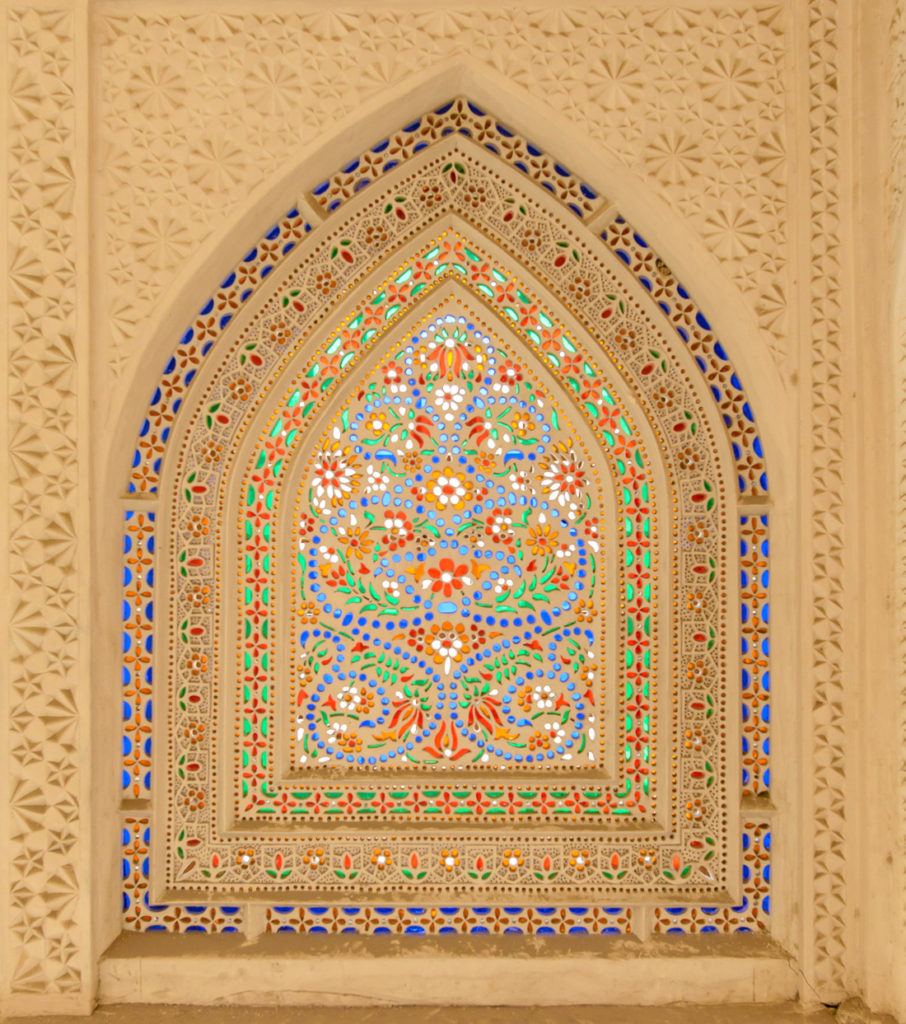 Image by Jakob Fischer
Image by Jakob Fischer
Plan enough time for the shoot, as weather conditions can change. If you’re shooting in the early morning, make sure to be there around 30 minutes before the sunrise. Avoid harsh noon light and try to to finish your work in the morning and afternoon.
If people are part of your shoot, I recommend to asking them first to get permission and avoid sneaky pictures. You will be rewarded with higher quality pictures.
Where do you find inspiration for your photography?
I can deeply recommend the Lonely Planet’s Guide to Travel Photography from Richard I’Anson. I mostly use media and photography websites as inspiration when I’ve already chosen the destination. It helps me to be better prepared and have a good overview of the sites.
To the note: Before the trip, find out where it is forbidden to take photos.
See also: Food Photography Techniques
